The Ministry of Health said that if in 10 years, from 1979 - 1989, the population increased by 20%, the elderly increased by 25%; in the period 1989 - 1999, the corresponding rates were 18% and 33%. In the early years of the 21st century, the period (1999 - 2016), the population increased by 21.1% and the elderly increased by 49.4%.
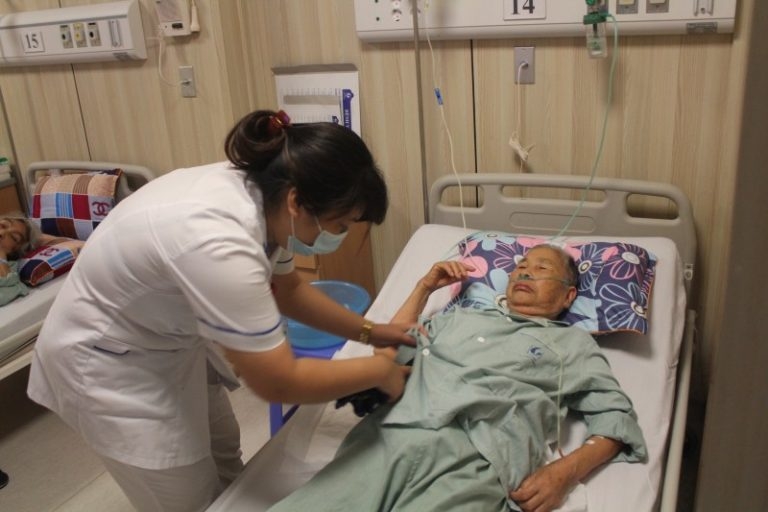 |
Elderly health care at the Central Geriatric Hospital. Photo: IT |
Notably, those aged 80 and over, the group receiving social benefits, if not pensions or other benefits, are the fastest growing group.
According to the Population Change and Family Planning Survey, as of April 1, 2011, the elderly in our country accounted for 9.9% of the population, and as of April 1, 2012, it was 10.2%. Thus, it can be considered that Vietnam has reached 10% of the elderly and entered the aging process since 2011.
It is predicted that in just 20 years, this rate will reach 20%, meaning that the "aged population" will reach 24% by the middle of the 21st century with about 25 million elderly people. It should be noted that the time for the elderly to increase from 10% to 20%, in Vietnam, one of the countries with the fastest aging population in Asia, the transition time from the aging population stage to the aging population is 17-20 years, much shorter than France which took 115 years (1865-1980), Sweden 85 years (1890-1975).
According to the National Population Data, the country currently has nearly 17 million elderly people, accounting for nearly 17% of the population. Of these, about 2.6 million are over 80 years old (accounting for 15.9% of the total elderly), 9.05 million are female elderly (accounting for 57.8%), 10.3 million are rural elderly (accounting for 64%). The average life expectancy is 73.6 years (male: 71, female: 76.4), the elderly have an average of 2-3 diseases, so the healthy life expectancy is only up to 66 years old.
 |
| Elderly health care at home. Photo: IT |
According to population forecasts, the aging index will exceed 100 in 2032, which is the time when our country begins to have a larger elderly population than a child population; if in 2023, more than 7 people of working age will support 1 elderly person, then by 2036 it will be more than 3 people and by 2049 there will be only more than 2 people.
The causes of aging in Vietnam are similar to those in the world . That is, life expectancy increases and birth rates decrease. The only difference is that life expectancy in Vietnam increases rapidly, from 44.4 years in 1960 to 73.4 years in 2016. This increase is much higher than the world average.
At the same time, Vietnam has promoted family planning, so the birth rate has also decreased sharply, from an average of about 7 children per mother in 1964-1969, down to only 2 children in 2003 and this low birth rate has remained continuously until now. Increased life expectancy and decreased birth rate will continue to be factors that accelerate and accelerate the aging process of our country's population in the future.
In addition, according to the 2016 census, in Vietnam, men who reach retirement age live an average of 18.3 years; for women, it is 24.7 years. Among the elderly, many are healthy, have high professional and technical skills and abilities, and have a need for labor, and can continue to work to compensate for their reduced income, leading a more meaningful and positive life.
Therefore, the rate of economically active elderly people does not increase. However, 57% of economically active elderly people are in agriculture, which is a low-productivity sector. Urban elderly people are often in better health and have higher professional knowledge but the rate of economic activity is only 20%.
Meanwhile, this rate in rural areas is up to 42.5%. This is a sign that human resources, especially highly skilled and technical human resources, are not being fully utilized.
Currently, the issue of job creation for the elderly in need is still limited. The whole country has over 4 million elderly people working in the economy, but most of them are doing vulnerable jobs and have low income, with nearly 80% of elderly workers being self-employed and household workers.
The average salary of the elderly is nearly 3.8 million VND/month, only 34.0% of the average salary in the market.
Faced with the above situation, the Ministry of Health proposed to develop solutions to adapt to the aging population and aging population; meet the basic needs of elderly care and some basic needs of the elderly that are increasing rapidly.
Specifically, the Ministry of Health proposed to develop procedures and professional and technical guidelines on health care and long-term care for the elderly. Develop health care service packages for the elderly.
Building a long-term care system for the elderly that is appropriate to the characteristics of gender, age, education, culture, economy, society, and suitable for regions and localities.
Develop training programs and projects, career transition for pre-elderly workers in accordance with their needs, health, qualifications, abilities and market demands. Develop and create a working environment friendly to the elderly;
Organize research, development and application of scientific achievements to adapt to population aging and aging population; Implement training programs and projects, career transition for pre-elderly workers; organize training, foster human resource development in long-term care for the elderly.
 |
| Elderly Care in Nursing Homes. Photo IT |
The Ministry of Health believes that these solutions will reduce population pressure on large cities and ensure sufficient human resources to meet economic development needs; promote population and labor distribution between regions.
Transferring labor from densely populated but resource-poor areas to sparsely populated but resource-rich areas to maximize labor resources for the development process.
At the same time, increase investment and economic development in underdeveloped regions; support to accelerate the resettlement process and reasonable population distribution; encourage people to live and work in regions with labor shortages.
The State needs to ensure budget for propaganda and mobilization, and to develop and promulgate detailed regulations and implementation instructions...
Source: https://ngaymoionline.com.vn/bo-y-te-de-xuat-chinh-sach-thich-ung-voi-gia-hoa-dan-so-dan-so-gia-54238.html







![[Photo] Closing of the 14th Conference of the 13th Party Central Committee](https://vphoto.vietnam.vn/thumb/1200x675/vietnam/resource/IMAGE/2025/11/06/1762404919012_a1-bnd-5975-5183-jpg.webp)
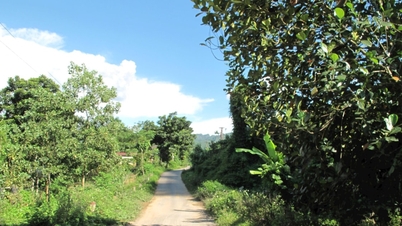















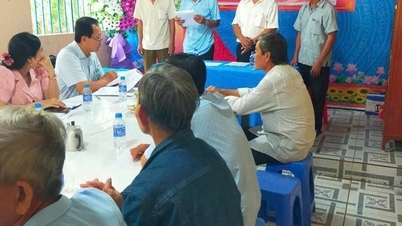


















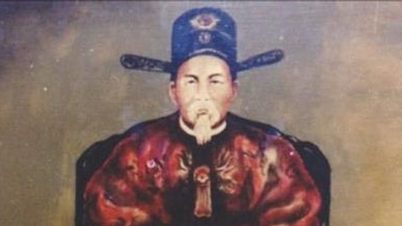











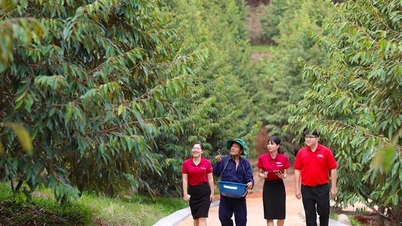









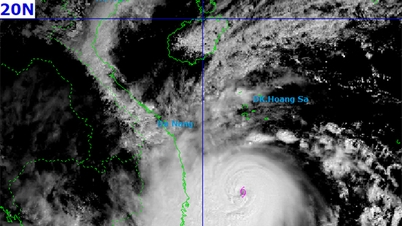




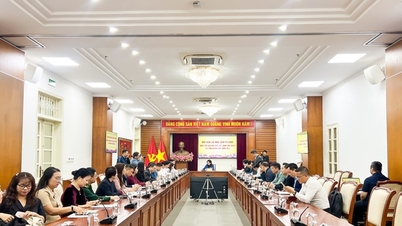












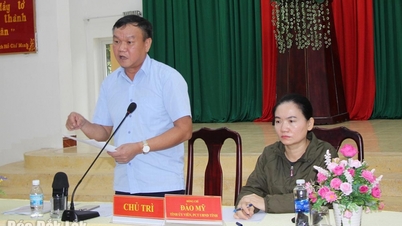



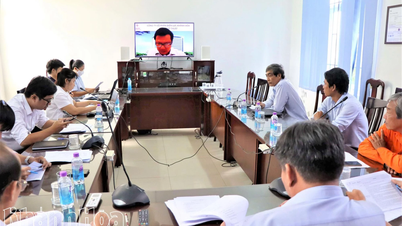












Comment (0)